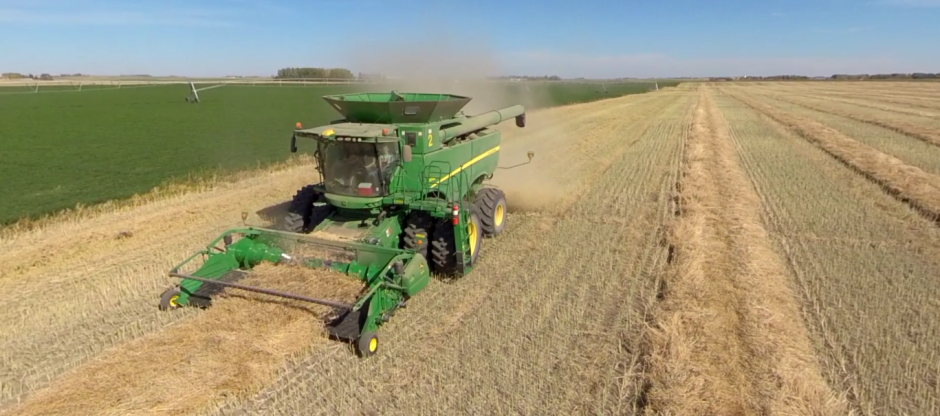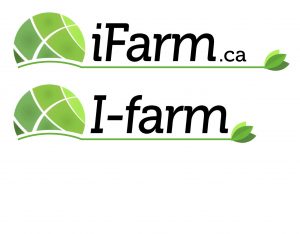It’s all in the zoning
As Anne Schmidt found out, the key to flipping land is to buy cheap land that’s not zoned for development, and then get it rezoned yourself. Just changing the zoning can have a massive impact on the land’s value. For example, a few kilometres south of Barrie, a 100-acre cash crop farm, complete with a 3,400-sq-ft Victorian home, is currently selling for $1.7 million, or $17,000 per acre. But 15 minutes to the north, you’ll pay a whopping $433,000 per acre for a six-acre parcel of raw land—or $2.6 million for the lot. The reason for the steep jump in price? The second property is already zoned for residential use.
The hard part is predicting whether you’ll be allowed to rezone your land or not. That’s because provincial governments, which dictate land use, only commit to five-year development plans, and even then, those plans can suddenly change, sometimes dramatically. Take, for example, the Oak Ridges Moraine, a belt of rolling hills stretching between the Niagara Escarpment and Rice Lake in southern Ontario.
In the late 1980s, this land looked like a can’t-lose investment. Toronto, Mississauga, Oakville and other Golden Horseshoe cities were expanding rapidly northward towards the area, and it didn’t take a genius to see that soon that land would be worth billions. But in 1989 various groups petitioned to protect it. Twelve years later, in 2001, the Ontario government agreed. Some landowners benefited as the value of their land abutting the greenbelt went up in value, but many others lost out: their land was now protected by a conservation act and could never be developed.
To maximize the possibility of turning agricultural land into pricier commercial or residentially zoned land, you need to consider five major factors:
Proximity to urban infrastructure. The closer the land is to existing sewer, hydro and other services, the better the chance of future development. “Provincial and municipal authorities won’t allow development in the middle of nowhere,” explains Paul Rabinovitch, partner with HGR, Graham Partners in Barrie, and a certified specialist in real estate law. “Service and infrastructure are required in order to support any new development.”
Road access and allowances. Easily accessible land, or land close to major transportation routes, commands more interest and a higher price, since the commuter infrastructure is already in place.
Your timeline. Because it’s getting tougher and tougher to find land that has not already increased in value, you may have to prospect further and further away from major municipalities. This will also require a much longer holding time, and will probably mean a longer selling window.
Environmental issues. In addition to making sure that the land you’re interested in isn’t protected from development (or likely to be protected in the future) you need to gauge the possibility of contamination. “Only developers with deep pockets will get mixed up in contaminated land,” says Rabinovitch. To protect yourself, pay extra for a comprehensive title search to find out what developments were in the area over the last 50 years. As those three unlucky Toronto investors found out, “if there a was a gas station or auto-mechanic shop you should pretty much assume contamination.”
See it for yourself
Once you’ve found a good prospect, it’s time to conduct a visual inspection. With the advent of satellite imaging technology, such as that used by Google Maps, you may consider skipping this step, especially for remote land or foreign investments. “Don’t,” says software developer and land investor Robert Devenyi, 34. “Never buy a property sight unseen unless you have a very solid reason.”
Jeff Oberman, owner of OntarioTaxSales.org, a privately-owned corporation that facilitates tax sales, agrees with Devenyi. He says Google and other geo-mapping systems often average out house numbers or property coordinates, so their maps can be inaccurate. “We’ve seen maps that are three years out of date and we’ve seen maps where the wrong piece of property is shown.”
Assess the potential profits
Once you’ve identified potential land opportunities, you’ll need to assess what the land is worth now, and what it could be worth in the future. This calculation is always part math and part guesswork.
When Devenyi assesses the potential worth of an investment, he considers the current value, the annual property taxes and the future intent or use of each parcel of land. “The tax-assessed value gives me the cost to carry the land each year. All I need to do is multiply this value by the length of time I expect to hold the plot.” Then he’ll use publicly available real estate listings to compare his land to similar properties—this gives him an idea of what he could earn on the future sale of the land. Once he has these two numbers he’ll “discount” the asking price for the property. “If my numbers are positive, I’ll proceed with a bid or purchase. If the number is negative, I’ll keep reducing my purchase price until the numbers make sense.”


